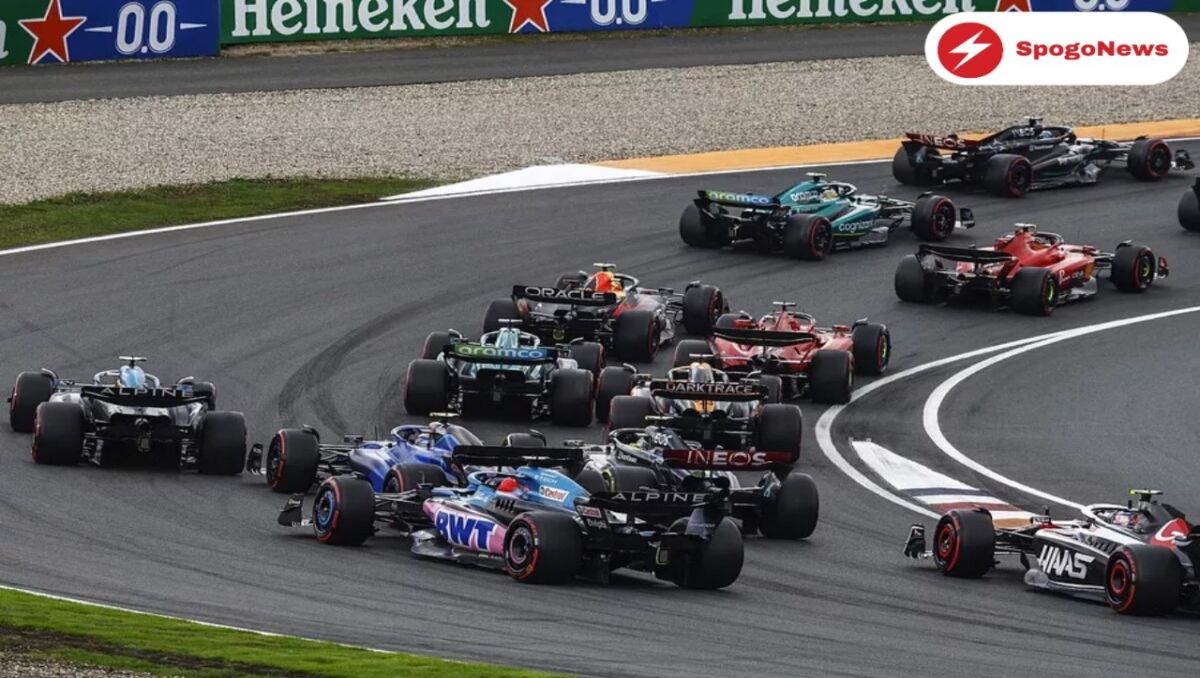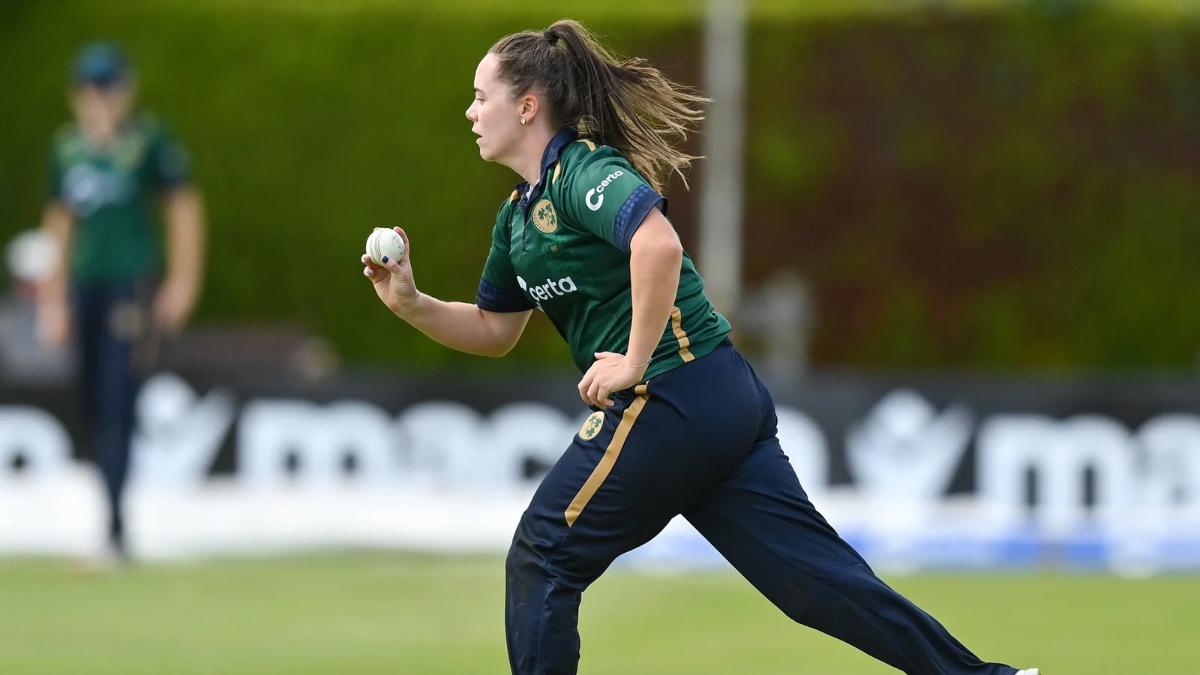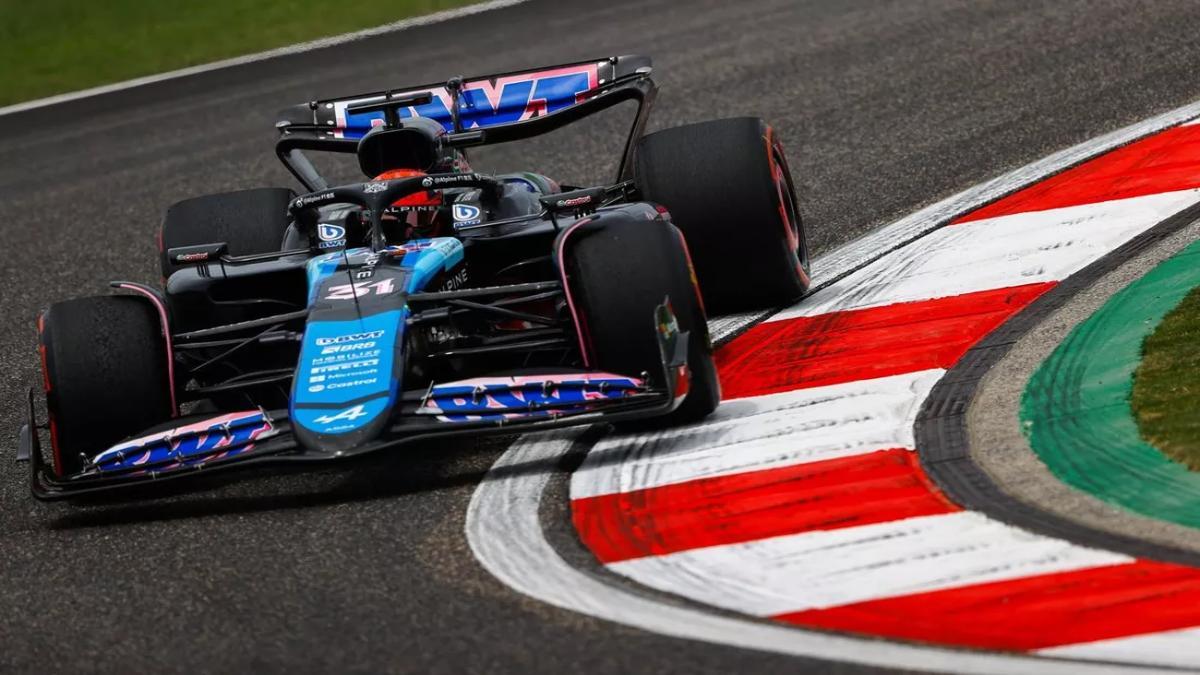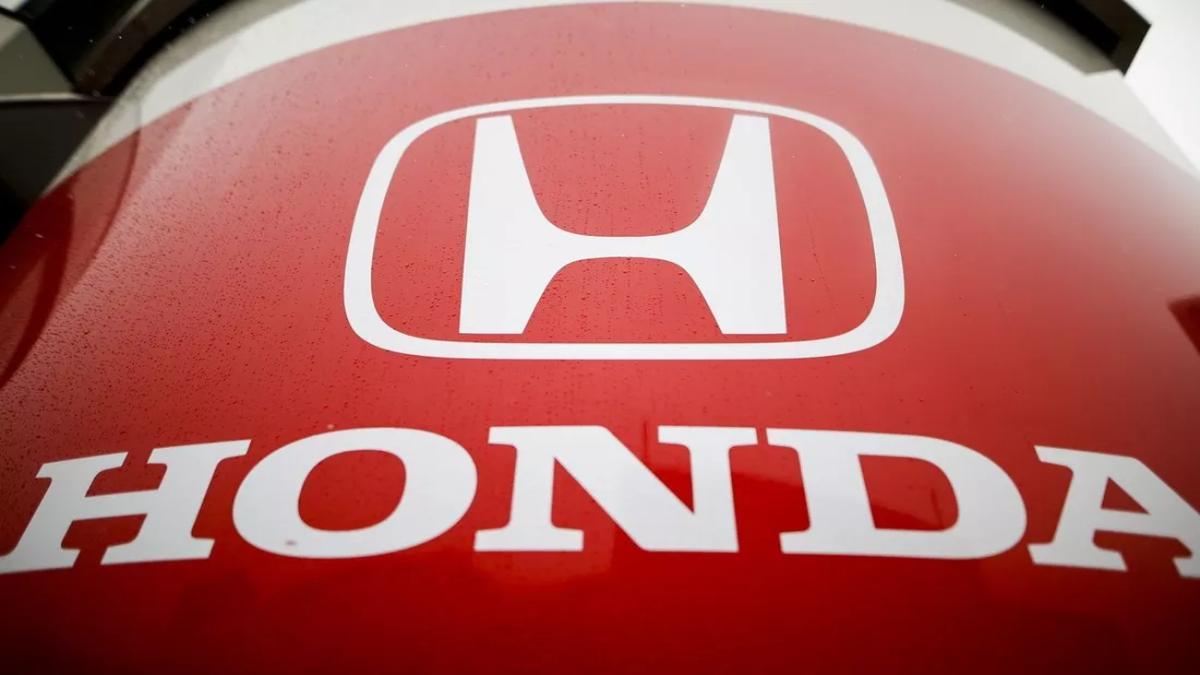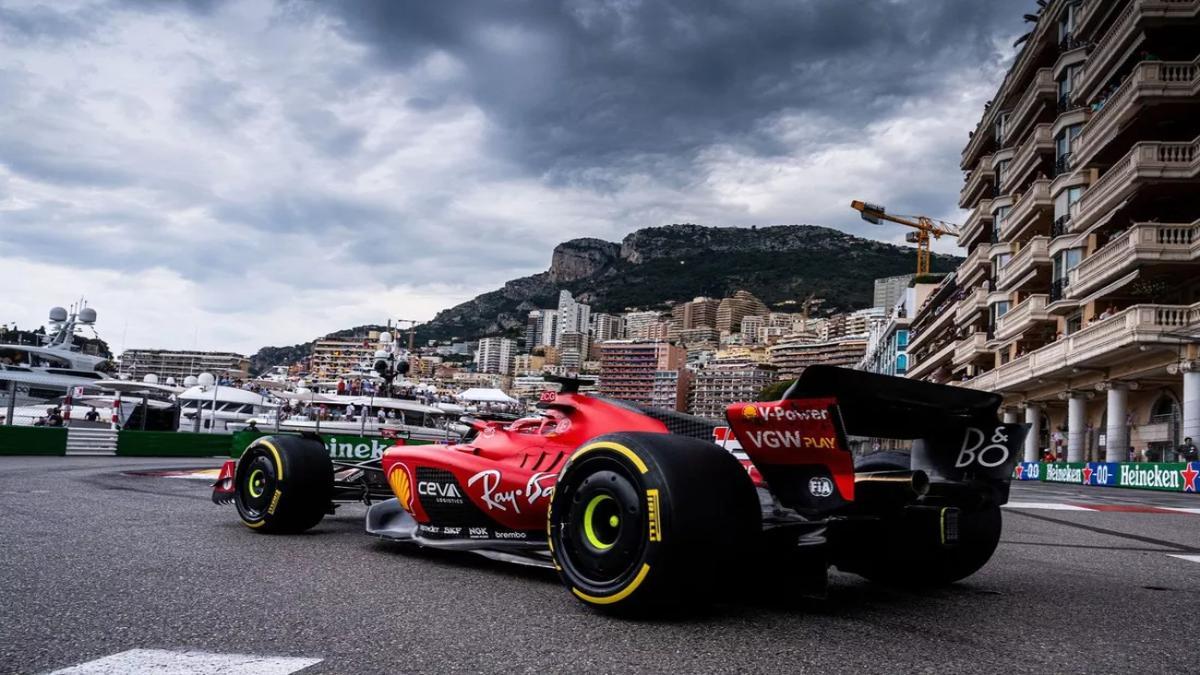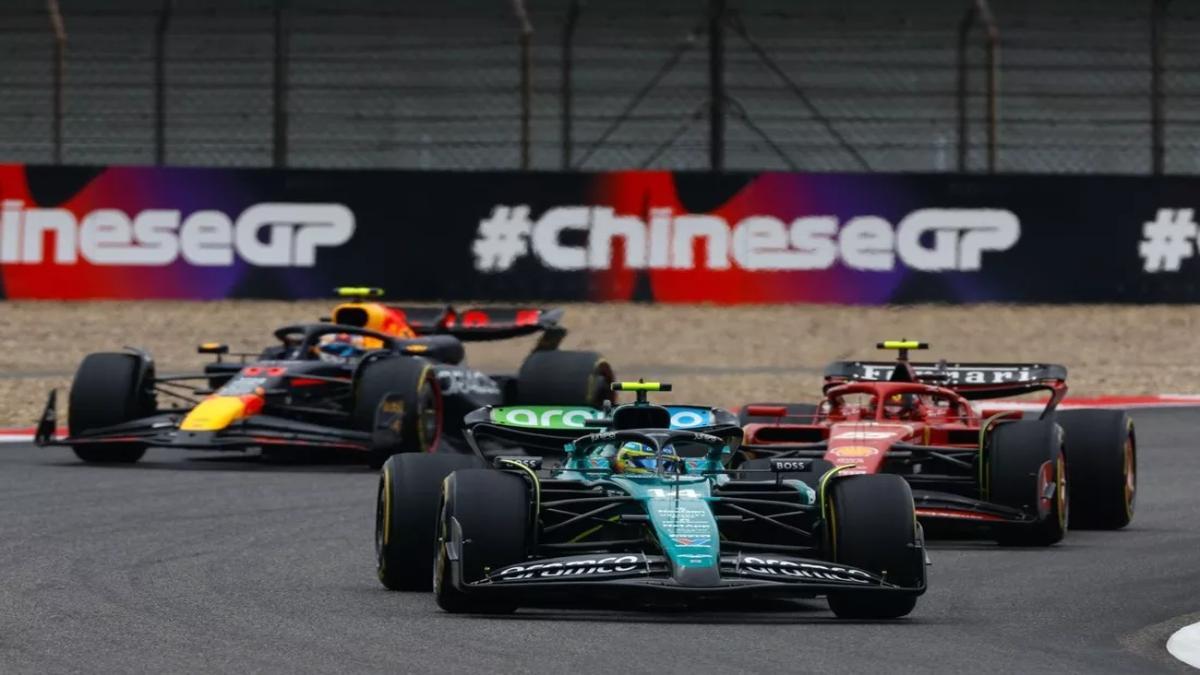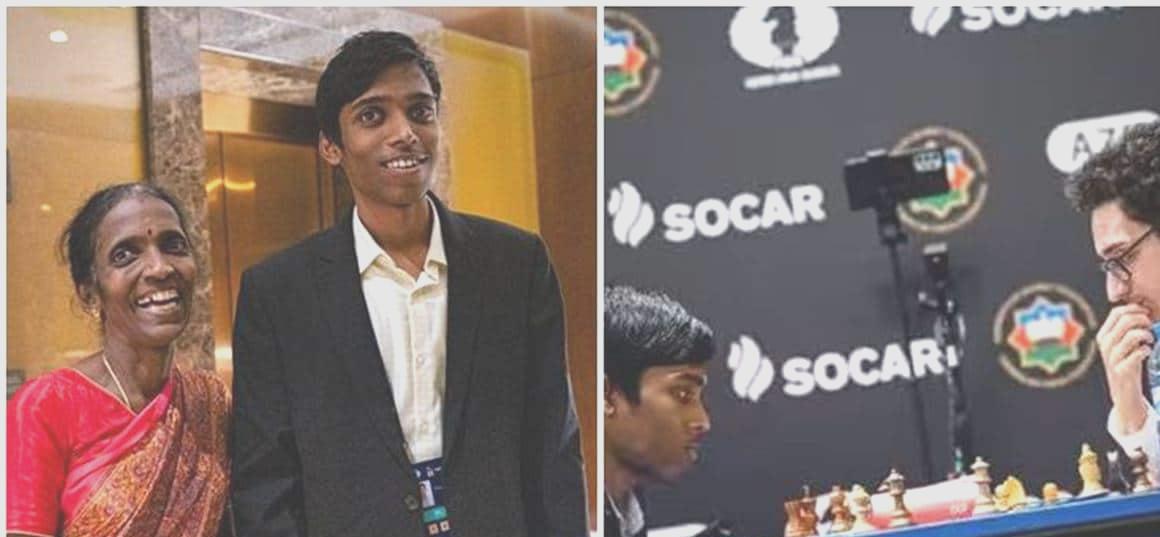(Motorsports news) The FIA has been closely examining flexible wings over the first half of this season, as was originally reported earlier this month, as it believes teams have been going beyond what is permitted. Around the time of the Azerbaijan Grand Prix, it is believed that several teams, including Aston Martin, were urged to modify the designs of their front wings in order to avoid breaking any rules.
However, the FIA has now published an official technical guideline describing what it considers to be unacceptable designs with relation to flexible bodywork as part of an increased effort to block any attempt to circumvent the laws.
The FIA asserts in TD018, a copy of which Motorsport.com has seen and which was sent to teams prior to the Dutch GP weekend, that it believes teams are taking advantage of “regions of purposely designed localized compliance” as well as “relative motion between adjacent components” to significantly improve aerodynamic performance.
Article 3.2.2 of the F1 Technical Regulations, which says that any components that affect a car’s aerodynamic performance must be “rigidly secured and immobile with respect to their frame of reference defined in Article 3.3,” is said to be violated by any design that functions in this manner. Additionally, these elements must always provide a surface that is constant, solid, hard, continuous, and impenetrable.
The FIA was compelled to take action because it thinks that teams are abusing complex systems that rotate and flex front and rear wing elements in ways that cannot be identified through the standard load tests. Any “assembly designs that exploit localised compliance or degrees of freedom are not permitted,” it has been made plain.
The FIA has correctly identified four main design features that it believes violate the technical regulations, but it also implies that there may be more concepts at work that may also be prohibited.
They are mentioned below:
1) Wing components that can move laterally, longitudinally, or vertically with respect to the bodywork to which they are attached.
2) Wing components that are able to rotate around a single fastening in relation to the bodywork to which they are fastened.
3) Designs that use elastomeric fillets, compliant wing profile sections, or thin flexible laminate at a junction that can either twist, distort, or deflect out of plane to allow localized deflection in relation to the bodywork the component is joined to.
4) Designs that employ “soft” trailing edges of wing elements to stop “localized cracking” brought on by component assembly displacement.
Only the opening of a tiny lateral gap to aid in the sealing of front wing flaps and floor assembly will be exempt from this rule. Bib bodywork will also be exempt. The FIA has changed its approach after realizing that teams may be employing cunning trickery to cause the wings to flex in ways that cannot be verified when the car is stationary. In the past, the FIA frequently responded to teams’ flexi wing antics by increasing the load tests that take place in the garage.
The fixation of the front wing elements to the nose, as well as the fixation of the rear wing elements to the endplates, rear impact structure, and pylons, must now be shown in assembly drawings and cross-sections submitted by the teams.
Teams must also submit photos that demonstrate how the rear wing pylons are attached to the rear impact structure. The FIA will be able to learn more from these designs about the wing components’ design and whether any teams made their parts flexible to provide an aerodynamic advantage.
The FIA has postponed the adoption of its new stance until the Singapore Grand Prix next month due to the potential work needed by teams to ensure full compliance with the regulations. This allows competitors to continue using their current designs through the conclusion of this weekend’s Monza race. By September 8th, teams must submit the relevant drawings demonstrating their wing designs.
Also read: Alonso was “master of the situation” in the F1 Dutch Grand Prix, according to Krack


